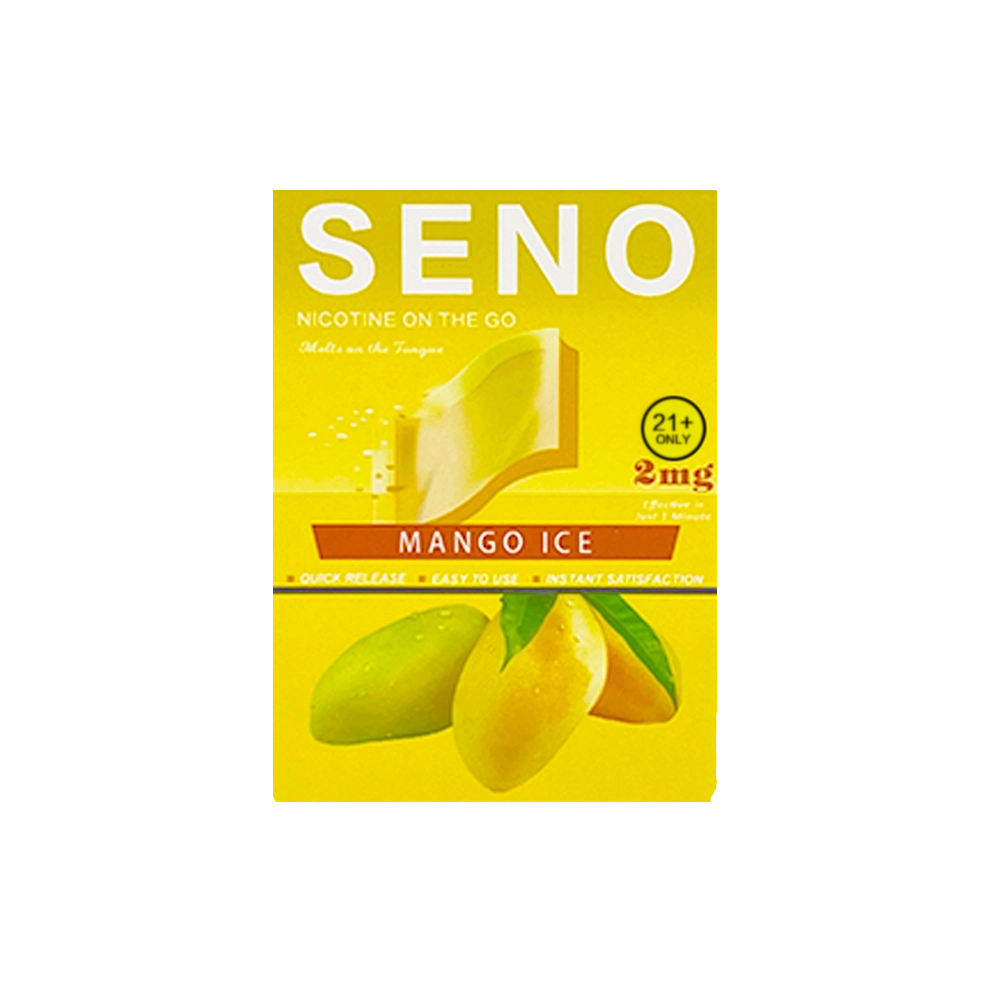
In today's rapidly changing world, the concept of a green economy has gained significant attention and importance. As we face pressing environmental challenges, it has become crucial to explore sustainable alternatives that can drive economic growth while preserving our planet's resources. In this blog post, we will delve into what the green economy means, its significance, and how it can shape a better future for all.
- Defining the Green Economy:
The green economy refers to an economic system that aims to promote sustainable development by reducing environmental risks and ecological scarcities. It emphasizes the efficient use of resources, the adoption of clean technologies, and the integration of environmental considerations into economic decision-making processes. This holistic approach seeks to balance economic growth with environmental protection and social well-being. - Key Pillars of the Green Economy:
a. Renewable Energy: One of the fundamental aspects of the green economy is the transition from fossil fuels to renewable energy sources such as solar, wind, and hydroelectric power. By harnessing these clean energy alternatives, we can reduce greenhouse gas emissions, mitigate climate change, and enhance energy security.
b. Resource Efficiency: The green economy promotes resource efficiency by minimizing waste generation, optimizing production processes, and promoting recycling and circular economy principles. By adopting sustainable consumption and production patterns, we can reduce resource depletion, conserve natural resources, and minimize environmental degradation.
c. Green Infrastructure: Investing in green infrastructure, such as sustainable transportation systems, eco-friendly buildings, and resilient urban planning, is another crucial pillar of the green economy. These initiatives not only reduce carbon emissions but also enhance the quality of life, promote sustainable urbanization, and create green jobs.
- Benefits of the Green Economy:
a. Economic Growth: Contrary to the misconception that environmental protection hinders economic growth, the green economy has shown that sustainability and prosperity can go hand in hand. By investing in clean technologies and green industries, countries can stimulate economic growth, create new job opportunities, and foster innovation.
b. Environmental Protection: The green economy plays a vital role in preserving our planet's ecosystems and biodiversity. By reducing pollution, conserving natural resources, and mitigating climate change, we can ensure a healthier environment for current and future generations.
c. Social Equity: The green economy also emphasizes social equity and inclusivity. It promotes fair distribution of resources, access to clean energy, and the creation of green jobs, thus reducing poverty and fostering social well-being.
- Challenges and the Way Forward:
While the green economy holds immense potential, it also faces several challenges. These include the need for policy reforms, financial investments, technological advancements, and behavioral changes. Governments, businesses, and individuals must collaborate to overcome these obstacles and accelerate the transition towards a sustainable future.
Conclusion:
The green economy represents a transformative approach to economic development, one that prioritizes environmental sustainability, social well-being, and economic growth. By embracing renewable energy, resource efficiency, and green infrastructure, we can pave the way for a more sustainable and resilient future. Let us seize the opportunities presented by the green economy and work together to create a world where prosperity and environmental stewardship coexist harmoniously.




